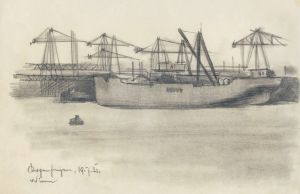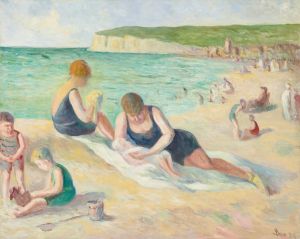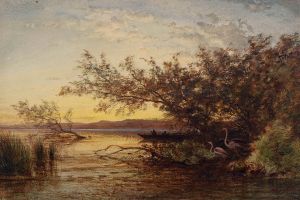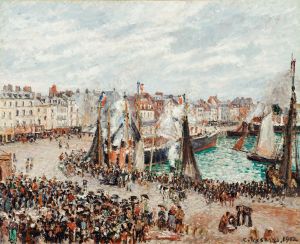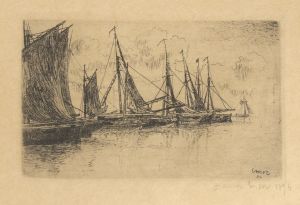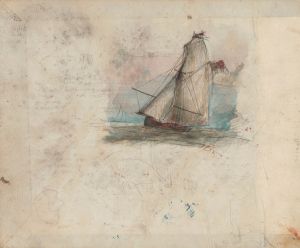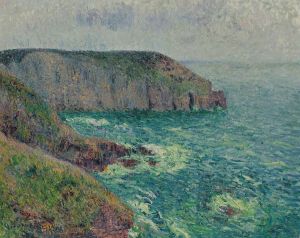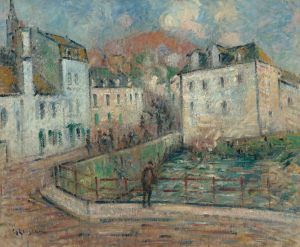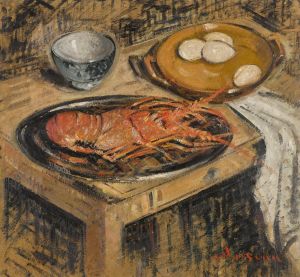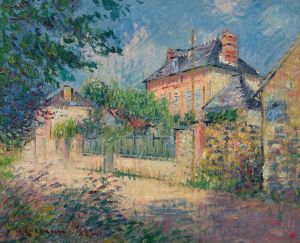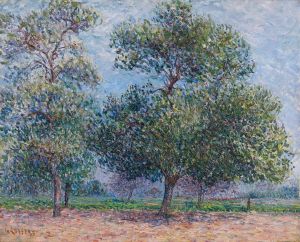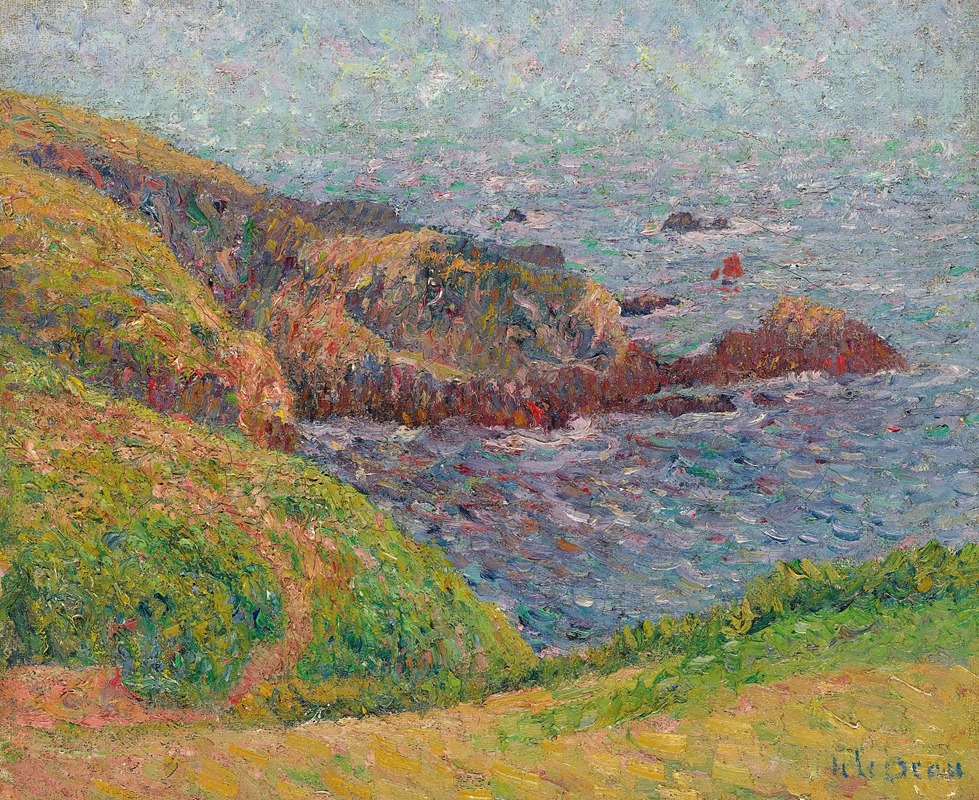
Le Bras De Mer
A hand-painted replica of Gustave Loiseau’s masterpiece Le Bras De Mer, meticulously crafted by professional artists to capture the true essence of the original. Each piece is created with museum-quality canvas and rare mineral pigments, carefully painted by experienced artists with delicate brushstrokes and rich, layered colors to perfectly recreate the texture of the original artwork. Unlike machine-printed reproductions, this hand-painted version brings the painting to life, infused with the artist’s emotions and skill in every stroke. Whether for personal collection or home decoration, it instantly elevates the artistic atmosphere of any space.
Gustave Loiseau was a French Post-Impressionist painter known for his landscapes and scenes of rural life. Born on October 3, 1865, in Paris, Loiseau developed a distinctive style characterized by his use of vibrant colors and dynamic brushwork. He was particularly interested in capturing the effects of light and atmosphere, often painting en plein air to better observe and depict the natural world.
"Le Bras De Mer" is one of Loiseau's works that exemplifies his focus on the interplay of light and water, a recurring theme in his oeuvre. While specific details about this particular painting are limited, it is consistent with Loiseau's broader body of work, which often features rivers, coasts, and other bodies of water. His paintings typically reflect the changing seasons and times of day, capturing the transient effects of light on the landscape.
Loiseau was associated with the Post-Impressionist movement, which emerged as a reaction against the limitations of Impressionism. While Impressionists focused on capturing the fleeting effects of light and color, Post-Impressionists sought to imbue their work with greater emotional depth and structural form. Loiseau's work bridges these two approaches, maintaining the Impressionist emphasis on light while incorporating a more structured composition.
Throughout his career, Loiseau was influenced by the work of earlier Impressionists, particularly Claude Monet and Alfred Sisley. He was also associated with the Pont-Aven School, a group of artists who gathered in the Brittany region of France and were known for their bold use of color and innovative techniques. Loiseau's style, however, remained distinct, characterized by his use of short, rhythmic brushstrokes that create a sense of movement and vitality in his landscapes.
Loiseau's paintings often depict scenes from various regions of France, including Normandy, Brittany, and the banks of the Seine. His works are celebrated for their ability to convey the serene beauty of the French countryside, capturing the essence of rural life with sensitivity and precision. "Le Bras De Mer" likely reflects these qualities, showcasing Loiseau's skill in rendering the subtle interplay of light and water.
The artist's dedication to capturing the natural world is evident in his extensive travels throughout France, where he sought inspiration from diverse landscapes. His paintings are characterized by their atmospheric quality, with a focus on the effects of weather and light on the environment. Loiseau's ability to convey the mood and atmosphere of a scene is a testament to his keen observational skills and artistic talent.
Gustave Loiseau's work, including "Le Bras De Mer," continues to be appreciated for its contribution to the Post-Impressionist movement and its enduring appeal. His paintings are held in numerous public and private collections, reflecting his status as an important figure in the history of French art. Through his evocative landscapes, Loiseau invites viewers to experience the beauty and tranquility of the natural world, capturing moments of fleeting beauty with a timeless quality.





